AFTERWORD – THE TOSHIZO HIJIKATA PROJECT
So you made it through my overly long retelling of the life and deeds of my favorite history’s tragic hero, Toshizo Hijikata. Congratulations – and thank you for sticking with me. It’s been a wild ride – this is a story that means so much to me, and putting it on paper turned into quite an emotional journey. It began as something that was supposed to be small - just writing a few lines about why I decided to do a particular cosplay and who this dude actually was, given he’s a historical figure and all. But as you know by now, I love telling stories. It's stronger than me. So "a few lines" evolved, mutated, escalated out of control, and became the Project with the capital P, this thing that kept me awake at night because I was so high on adrenaline that I couldn’t fall asleep. And when I did I had funny dreams.
Writing the story of Toshizo Hijikata consumed me. It reminded me why I fell for him some 15 years ago when I’d first discovered the tale of the Shinsengumi. It made me cry, made me angry at him for doing what he did, made me proud of him for doing what he did, made me restless, made me feel ridiculously close to a wannabe samurai dude who died like 150 years ago, and didn’t give me a peace of mind until I finished the last chapter and finally got it out of my system.
It is over. It is done.
On to the afterword.
First things first: a major disclaimer. I ain’t no historian, and this is not a professional work. I’m just an amateur who enjoys history and really, REALLY likes telling stories. What I wrote here falls somewhere between an essay and – let’s call it for what it is – a piece of fan fiction. I tried to relate the facts as accurately and interestingly as I could, though. My sources were the famous Samurai Archives; a very helpful Russian blog called bakumatsu.ru where one can find all sorts of pirated history articles and loads of pictures; the amazing site Shinsengumi no Makoto which is now sadly defunct as its domain expired last fall; the book “Samurai Tales: Courage, Fidelity and Revenge in the Final Years of the Shogun” by Romulus Hillsborough; and excerpts from the memoires of Shinpachi Nagakura (both versions) and Jules Brunet. Still, I am aware that the story I told is neither flawless, nor complete.
Untangling the facts was rather difficult at certain points, as sometimes sources don’t match – in Nagakura’s writing alone you can find two very different versions of same events. And don’t get me started on the dates – trying to set the timeline straight was a nightmare, because some sources used the old Japanese lunar calendar, some used the Western calendar, and some used both. I tried to consistently stick to the Japanese calendar because it made more sense in the context (if you do some digging on your own, don’t be surprised to find that Ezo Republic was founded in January 1869, or that Hijikata died on June 20th), but it is quite possible that some errors slipped in. Don’t kill me for it. In order to make the story flow more naturally, I also omitted certain characters (forgive me, Susumu Yamazaki, Kai Shimada and Genzaburo Inoue), political intrigues (the Boshin War was more of a clusterfuck that I managed to describe here – for instance, the Brits and the Dutch were also involved, although not as prominently as the Americans and the French, and the Satsuma clan tried to switch sides several times before finally finding their happiness in the Satsuma-Choshu Alliance), internal scandals (the Kamo Serizawa affair which marked the beginning of the Shinsengumi, or the mess with Kashitaro Ito and his Guardians of the Tomb in 1867 which I mentioned only briefly in relation to Heisuke Todo’s death), or murder mysteries (writing about the assassination of Ryoma Sakamoto would require an extra chapter dedicated to who the hell Ryoma Sakamoto was and why he was so important). While interesting, these are all side stories that do not change the flow or the outcome of Toshizo Hijikata’s personal tale, so this time I had to do without them. The only way to include ~everything~ would be to write a goddamn book.
So in the end, as lame as it sounds, I “followed my heart” and told the story how I thought was right. What you’ve just read is a highly personal rendition of a well-known episode of Japanese history – and with all its simplifications, dramatization and possible errors, it is mine, in a deeply intimate sense. Like a love letter of sorts.
*
Toshizo Hijikata in his Shinsengumi uniform. He wore his hair very long, and didn't shave the top of his head - this was considered a sign of vanity for men in Edo Japan
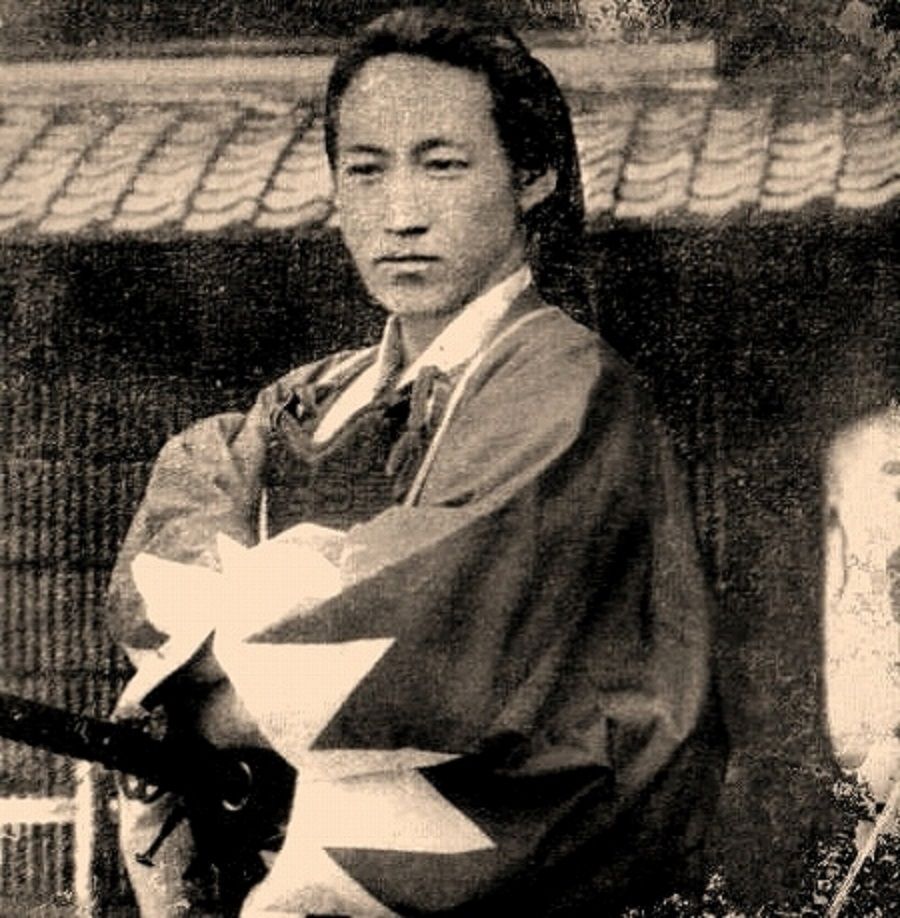
A variation of his famous chair portrait
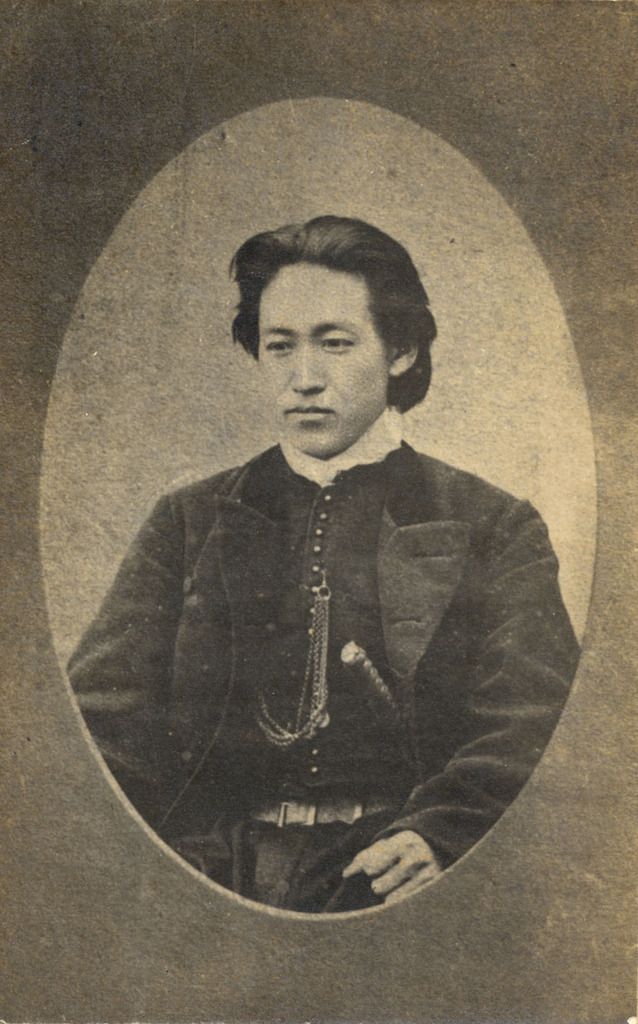
Toshizo Hijikata's crest, which he designed himself

*
I discovered the Shinsengumi many years ago, thanks to anime and manga, of course. It’s obvious why the boys in blue keep recurring in pop-culture: everybody likes stories about dreamers whose dreams come true – even if it comes at a horrible price. Plus, depending on whose side you take in the Boshin War, it’s equally easy to turn them into heroes who fought a battle lost in advance just because it was the right thing to do, or to vilify them as a group of brutes that bullied the citizens of Kyoto oppressing every attempt at change. And it’s easy to see Toshizo Hijikata’s personal appeal – vain yet with a stoic nature, pragmatic yet with unshakeable ideals, brave yet sometimes so silly, pure of heart yet with an obvious dark side, and above all oh so beautiful, he’s the ultimate Byronic hero that makes for a perfect heartthrob of historical fiction. He stars in many novels, TV shows, anime, manga and video games – from the cult shounen comedy “Gintama”, to NHK’s live action soap opera “Shinsengumi”, or the recent anime and manga “Drifters” by Kouta Hirano, author of “Hellsing”, in which he’s one of the main villains and has the superpower of summoning the spirits of his fallen comrades. But as far as Toshizo Hijikata’s pop-culture appearances are concerned, of course I have my own list of favorites.
Honorable mention goes to “Ayakashi Ayashi”, an obscure anime from the mid-2000’s which had the potential to be something truly smart and different, yet ended up as a sad example of what happens when a good script is ruined by bad direction. The anime is set in the early 1850’s and deals with supernatural investigations in the city of Edo. At some point, the main character acquires a henchman – an unusually pretty teen named Toshi who peddles his brother-in-law’s medicines and claims he’ll grow up to be a samurai. All is fun and games until we see a glimpse of Toshi’s future, in which he falls off a horse, and the horse falls on top of him.

The first manga/anime I’d wholeheartedly recommend is “Peacemaker Kurogane” by Nanae Kurono (or Chrono, as she styles her name). It focuses on Hijikata’s page Tetsunosuke Ichimura as the main character, turning him into a properly clichéd shounen hero whose ambition is to become a full-fledged member of the Shinsengumi. It’s a shounen series, so it pays its dues to many genre conventions – especially in the beginning, where the biggest problem is the horribly unfunny slapstick humor that really doesn’t fit the overall mood of the Bakumatsu. Yet it does get most of the historical facts right, and its take on Toshizo Hijikata is absolutely glorious, as the series strikes a perfect balance between his kindness and brutality. The manga is still ongoing – officially at least – but as of late, chapters do not get released regularly, as Kurono keeps putting her work on and off hiatus (she claims writing the comic was smooth sailing until she arrived to Keisuke Yamanami’s seppuku – after that, she realized she’d have to off her characters one by one, and she says she doesn’t have the stomach for it). There’s also a rather decent anime adaptation from 2003. The anime concludes right after the Ikedaya Inn affair – a great place to stop with the story, if you want something akin to a happy ending. (Fun fact: “Peacemaker Kurogane” was my first encounter with the Shinsengumi, and I fell for Hijikata like a suicide off a bridge. To this day, it’s still my favorite pop-culture portrayal of his – and the only reason I didn’t do this cosplay was because I couldn’t pull him off physically. I mean, look at the pictures.)
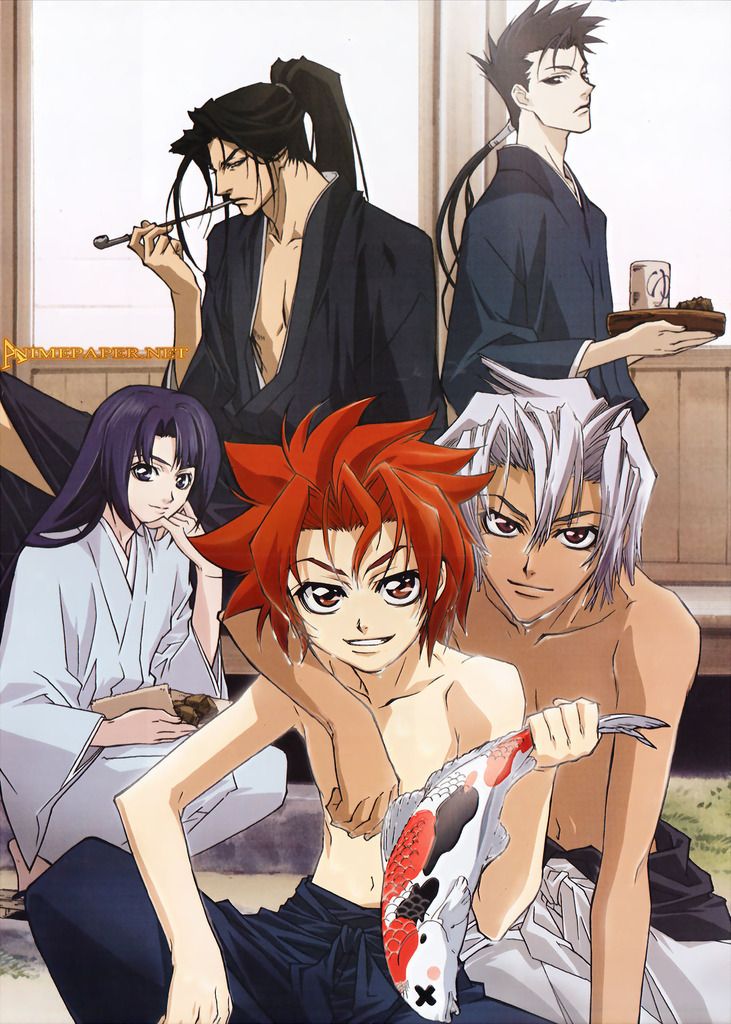
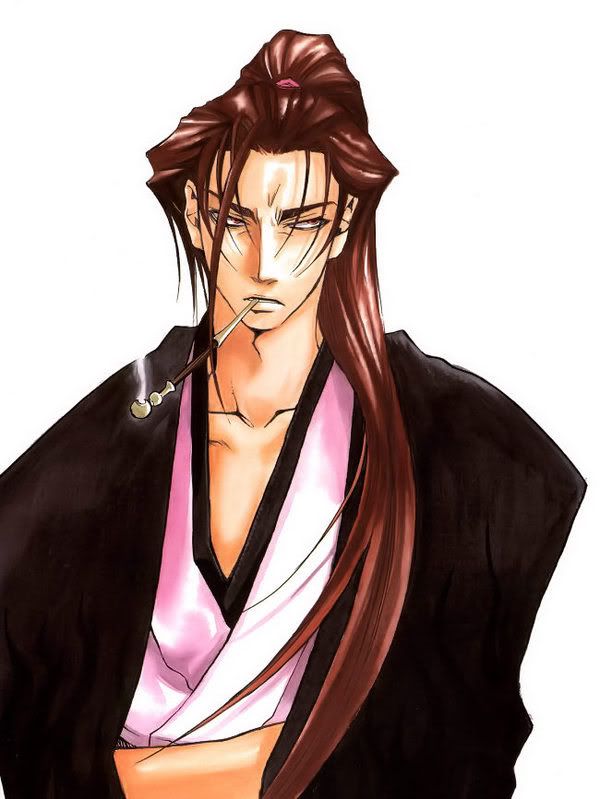
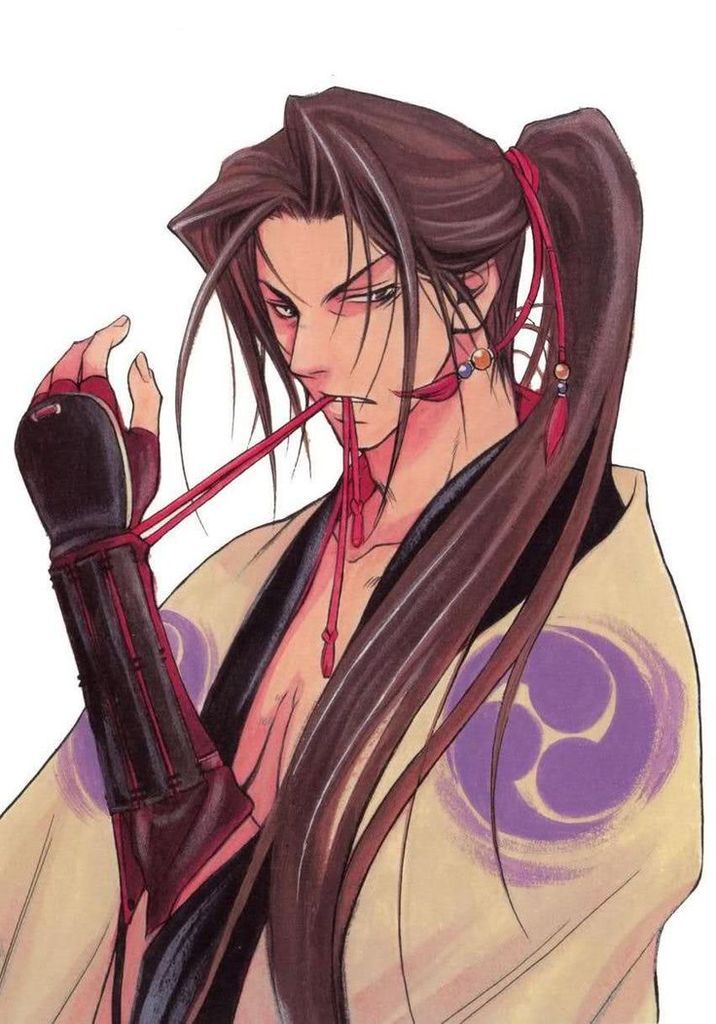
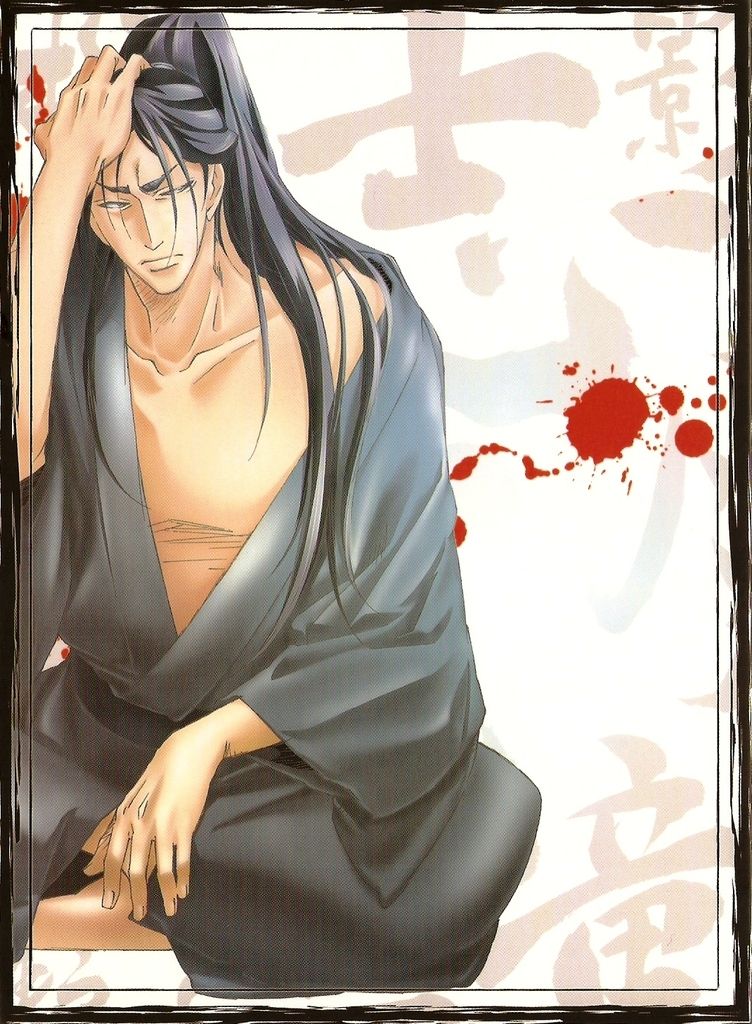
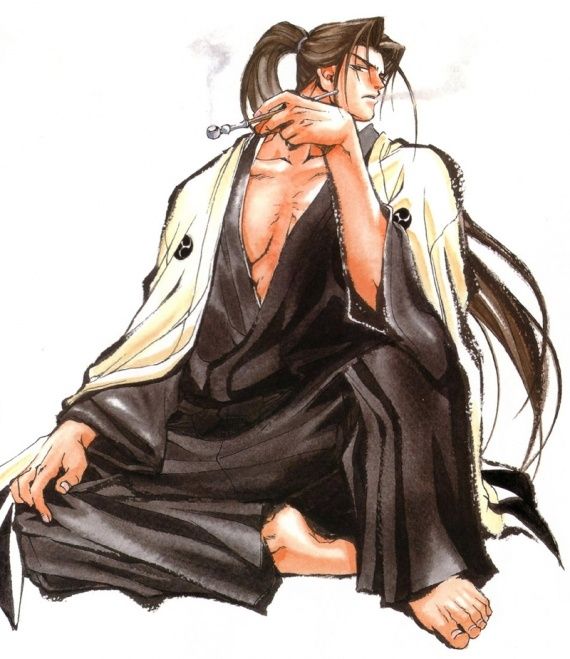
Then there’s the anime “Bakumatsu Kikansetsu Irohanihoheto” – quite a mouthful of a title, I know. It’s difficult to recommend this show with a straight face because, let’s face it, a good series it ain’t. The main characters are rarely unlikeable, the plot is an unfortunate mess, and the central twist brings together Takeaki Enomoto’s presidency over the Ezo Republic and Jet Li’s character from “Heroes” – I shit you not. Yet at the same time, the anime has so many amazing moments. Its portrayal of certain historical figures and events is nothing short of brilliant – for instance, the scene where deathly ill Souji Okita shambles in his backyard chasing the black cat is gut-wrenching. In “Bakumatsu Kikansetsu Irohanihoheto”, Toshizo Hijikata is introduced as he sits in the photo studio, having that famous picture of his taken. We get to meet Hijikata in his late, post-Shinsengumi phase, when he feels defeated and struggles with doubts, and goes off to the Ezo Republic because he’s looking for a place to die. His characterization is spot on, and from that point of view only, the anime can be a real treat for history buffs. Too bad it fails so spectacularly as a self-contained piece of entertainment.
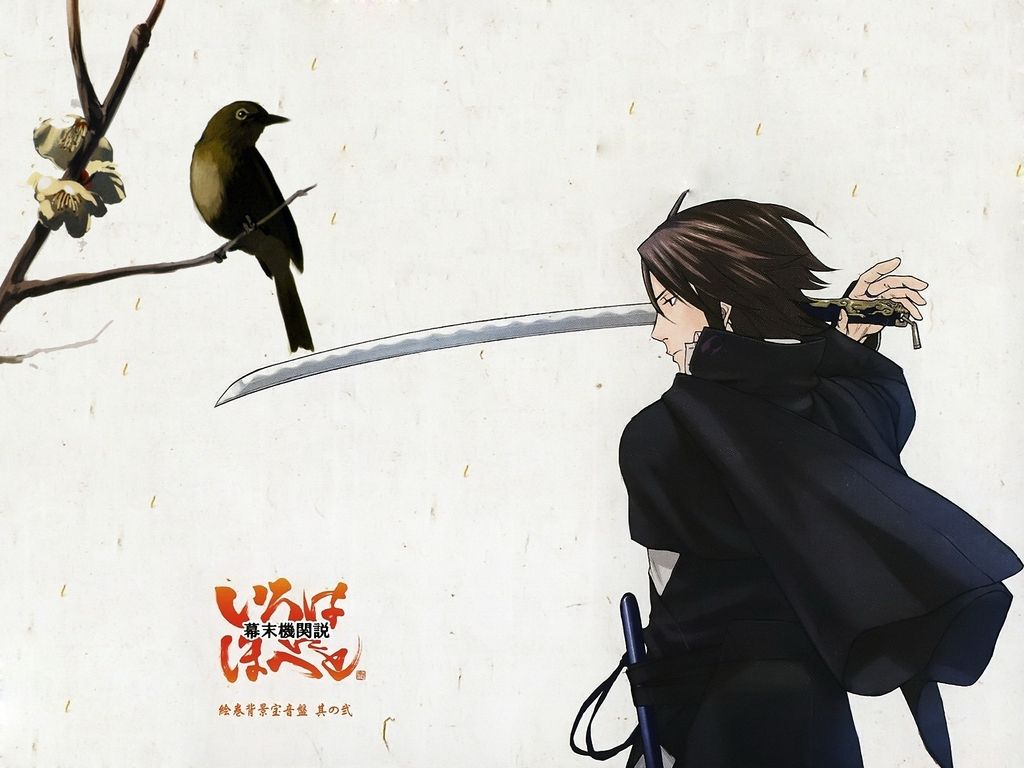
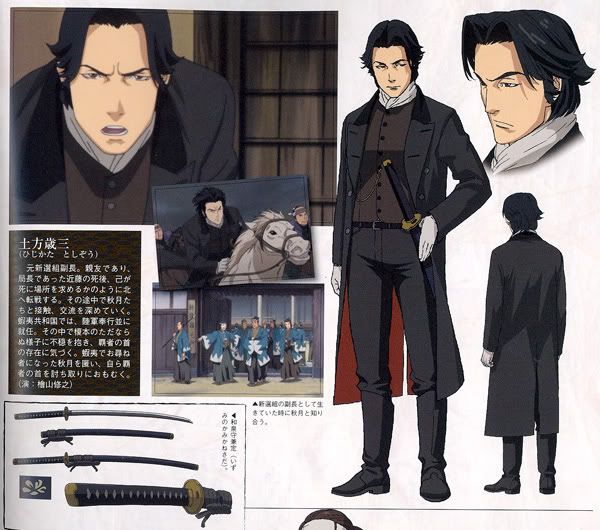
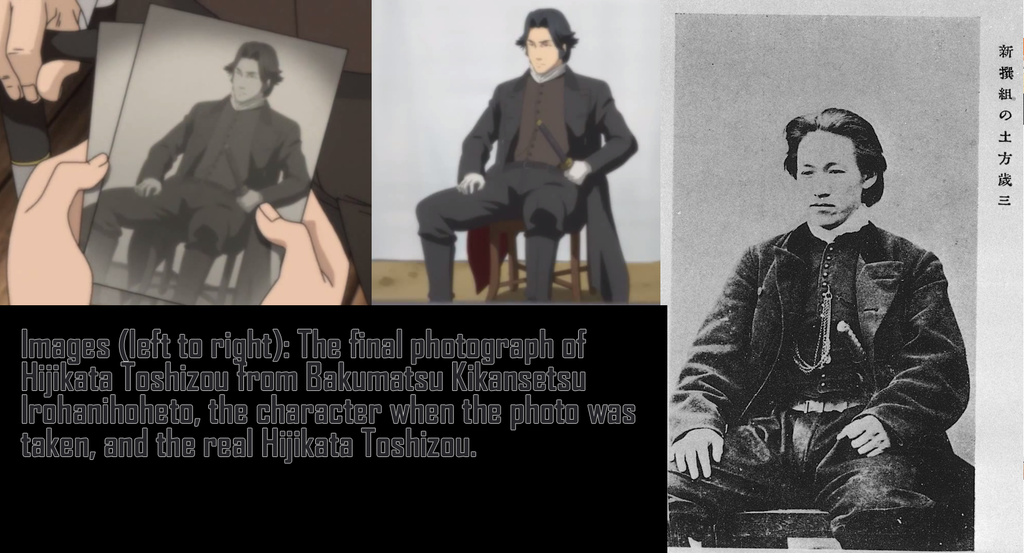
For newer generations of fans, the main gateway into the world of the Shinsengumi is the “Hakuouki” game franchise. Its pillar is the “Hakuouki: Shinsengumi Kitan” visual novel – which is a fancy euphemism for “dating sim”. You get to play Chizuru, a teenaged doctor’s daughter who gets involved with the Shinsengumi while searching for her missing father – and if you play your cards right, Chizuru can end up romancing one of them. There’s also an overly complicated and rather unnecessary subplot with vampires and demons, and copious amounts of female-oriented fan service (not that there’s anything wrong with the latter). Yet in spite of its dating sim premise, silly supernatural stuff and the fact that the guy that Chizuru chooses makes it out alive no matter his actual fate in history, “Hakuouki” is fantastic in its portrayal of the rise and the fall of the Shinsengumi. It’s really history-heavy, and pretty accurate too – it doesn’t shy away from the nasty side of the story and can get quite dark and cynical at times, as its main source of facts were Nagakura’s real, recently discovered memoires. However, when I played “Hakuouki”, I just couldn’t go for a romance with Hijikata – Sanosuke Harada was my man. There was something inherently wrong with the idea of making Toshizo Hijikata give up on his dreams and destiny in order to have a happily ever after with a teenaged girl.
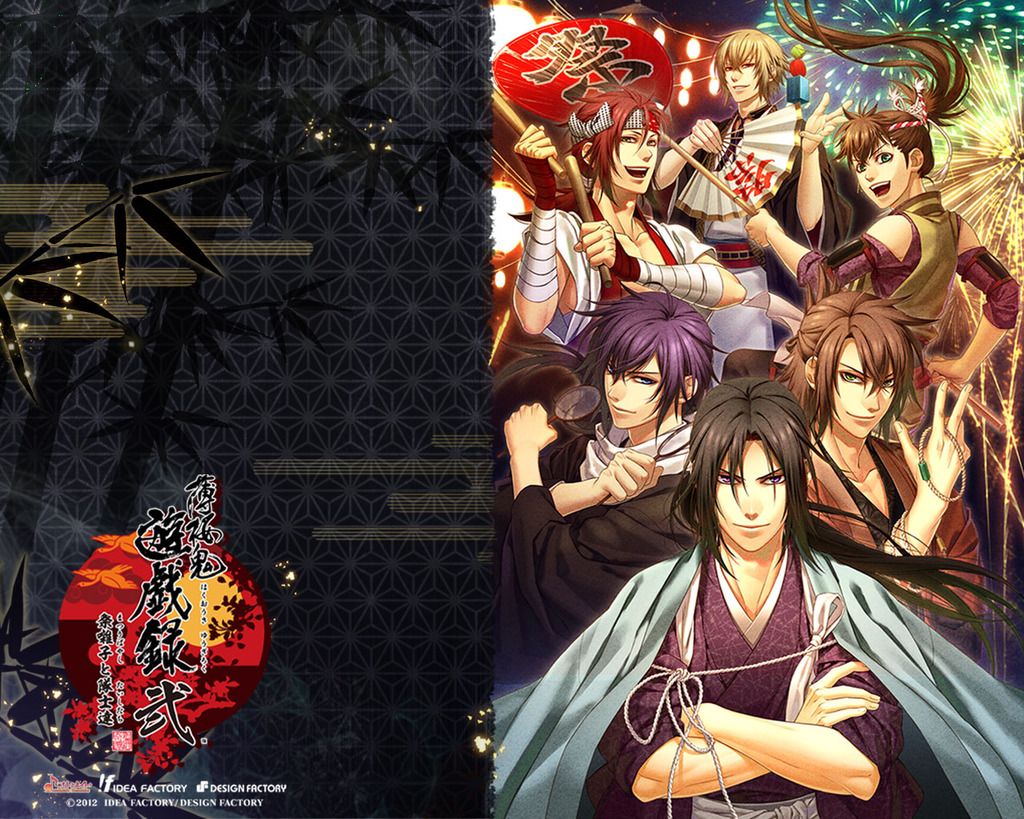
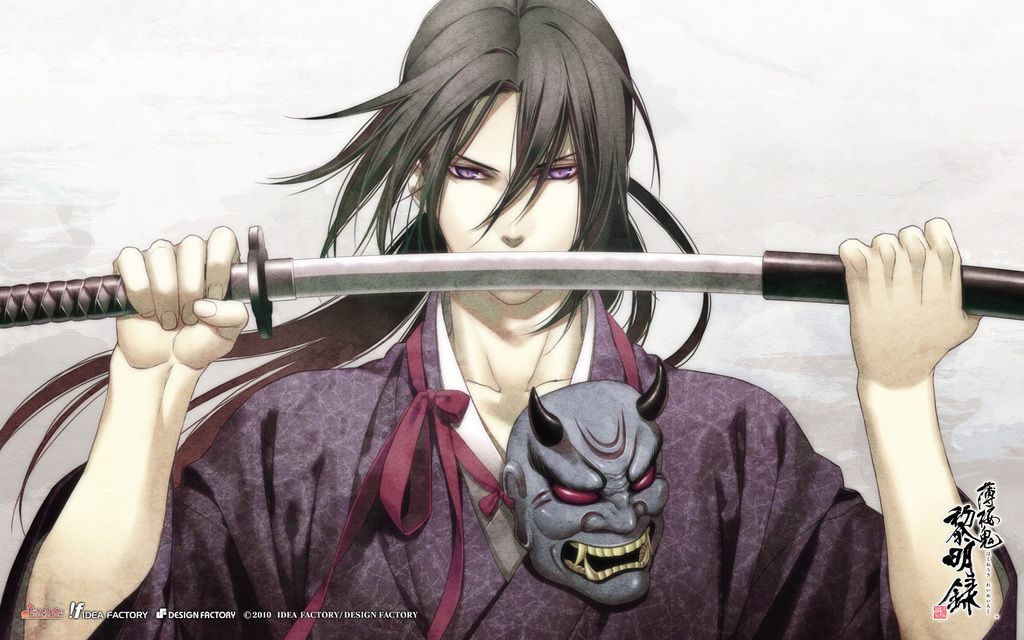
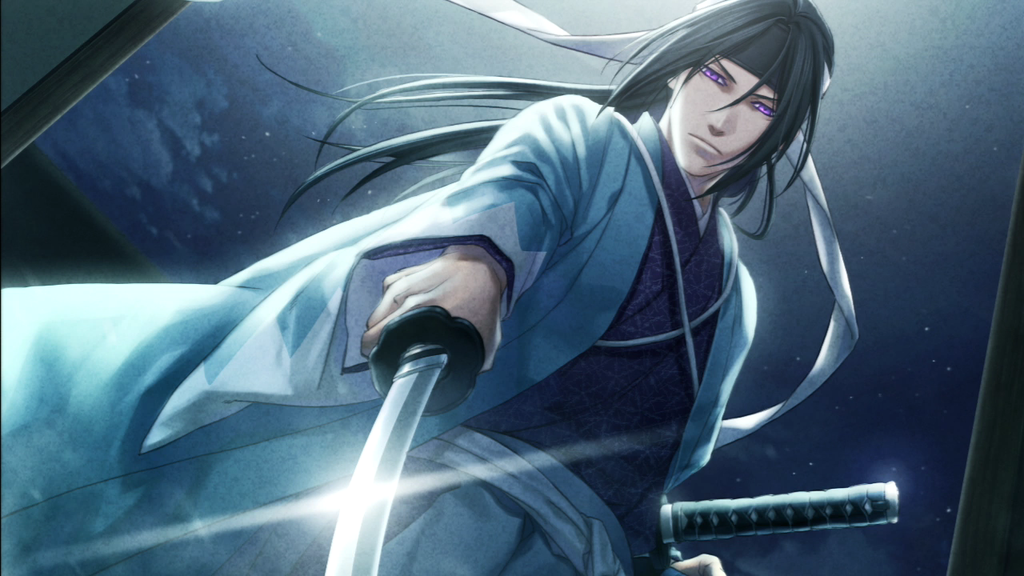
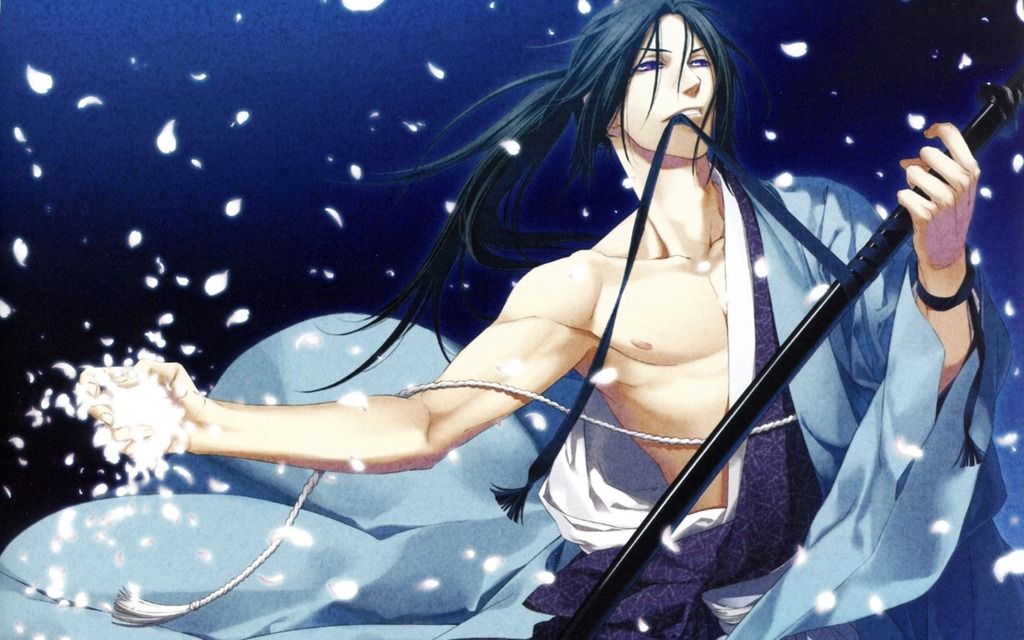
The cosplay we did is from one of the “Hakuouki” games – the action-oriented “Hakuouki: Bakumatsu Musouroku”. That also explains why the uniforms aren’t sky blue – as is the custom in dating sims, the boys are color-coded for your convenience. Hijikata’s color is purple.
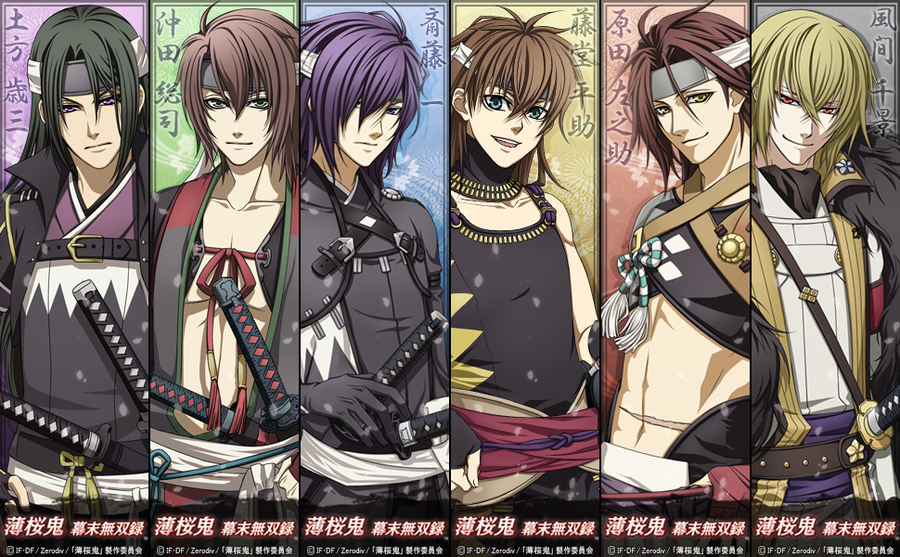
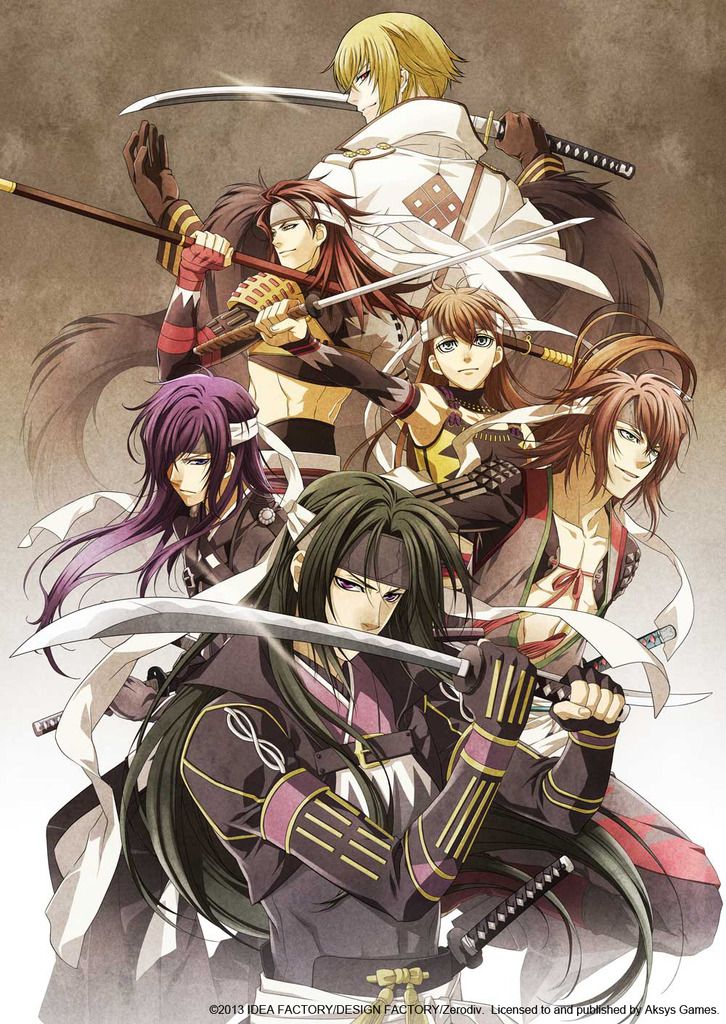
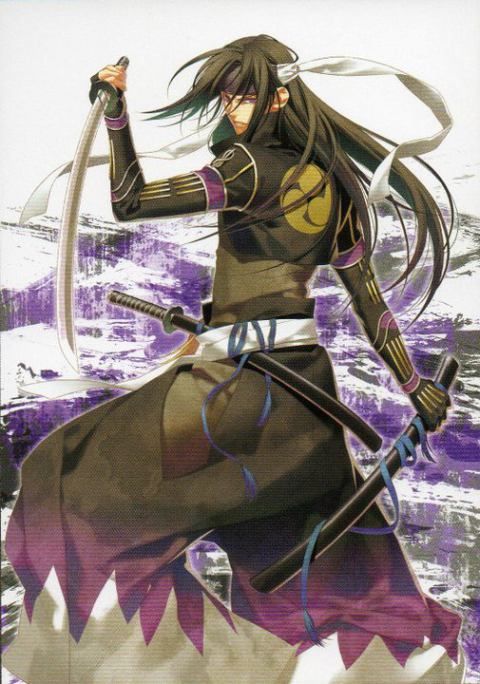
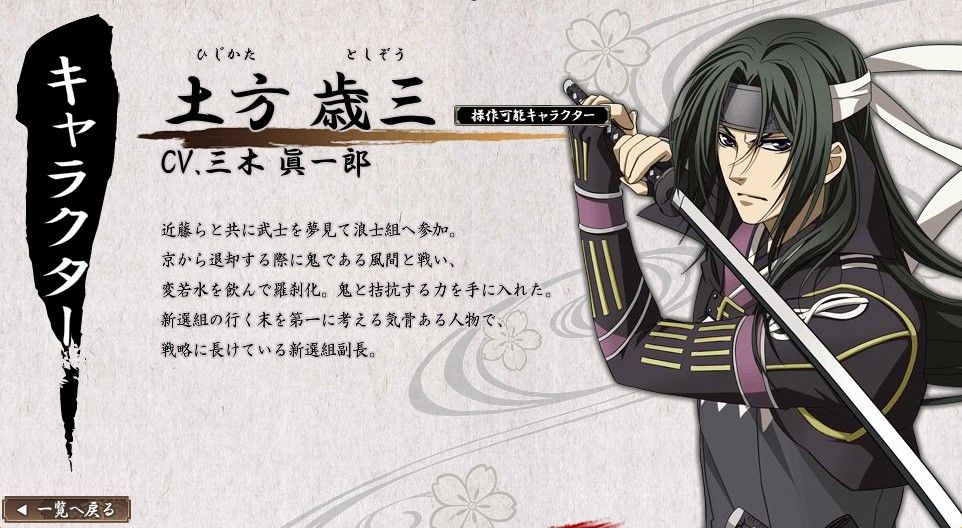
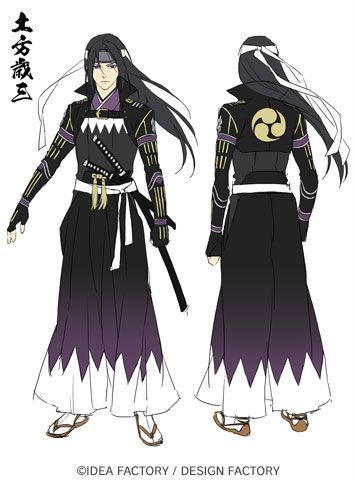
The last recommendation is a Japanese live-action movie from 1999 – “Gohatto”, also known as “Taboo”, directed by Nagisa Oshima (yup, the same guy who made “In the Realm of the Senses”). It’s a bit of an acquired taste, and not everyone will like this bizarre drama that aims to deconstruct “Moeyo Ken”, a popular novel from 1970 that dramatizes the life of Toshizo Hijikata, playing up his historically unfounded friendship with Souji Okita. “Gohatto” tells a story about revenge, obsession, possessiveness and homosexuality among the Shinsengumi – but it goes beyond that, as it shows why in the end the Shogunate was rotten to the core and had no choice but to fall. It’s one of those movies that tell a lot without actually saying anything out loud. At first, I was flabbergasted that Takeshi Kitano got the role of Toshizo Hijikata – let’s face it, the man’s butt ugly and at least 20 years older than Hijikata was when he died. But Kitano’s a great actor, and his portrayal of Hijikata is superb – he plays him like the only sane man in an utterly mad situation, desperate to stay true to himself and figure out what the fuck is going on while everyone around him keep losing their minds.
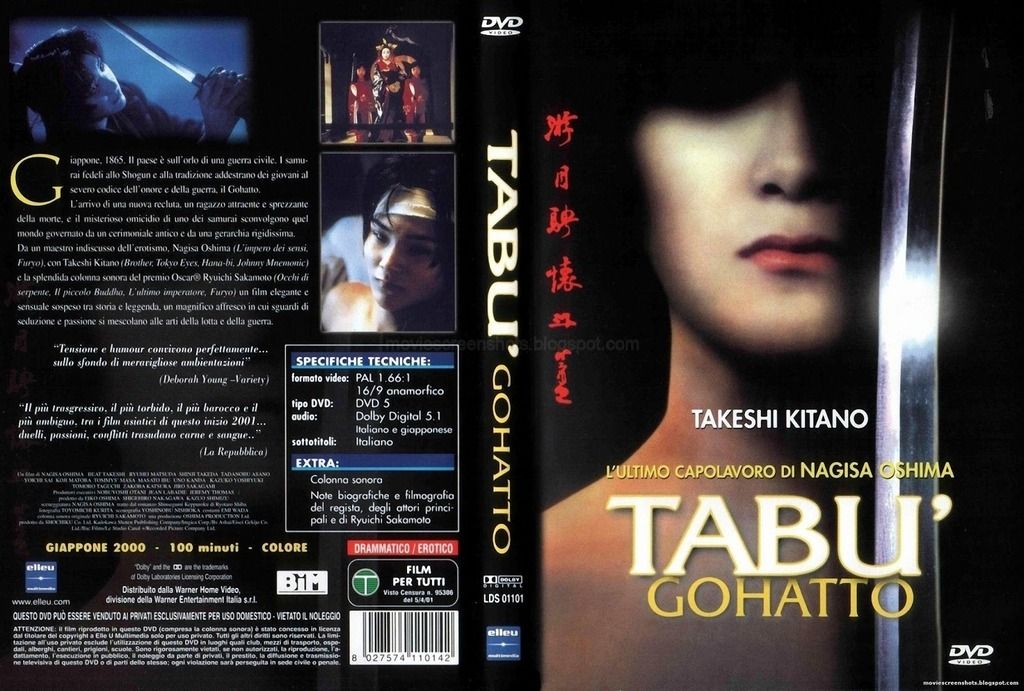
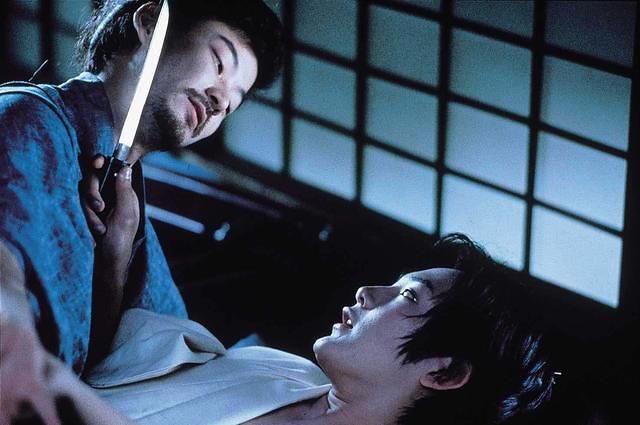
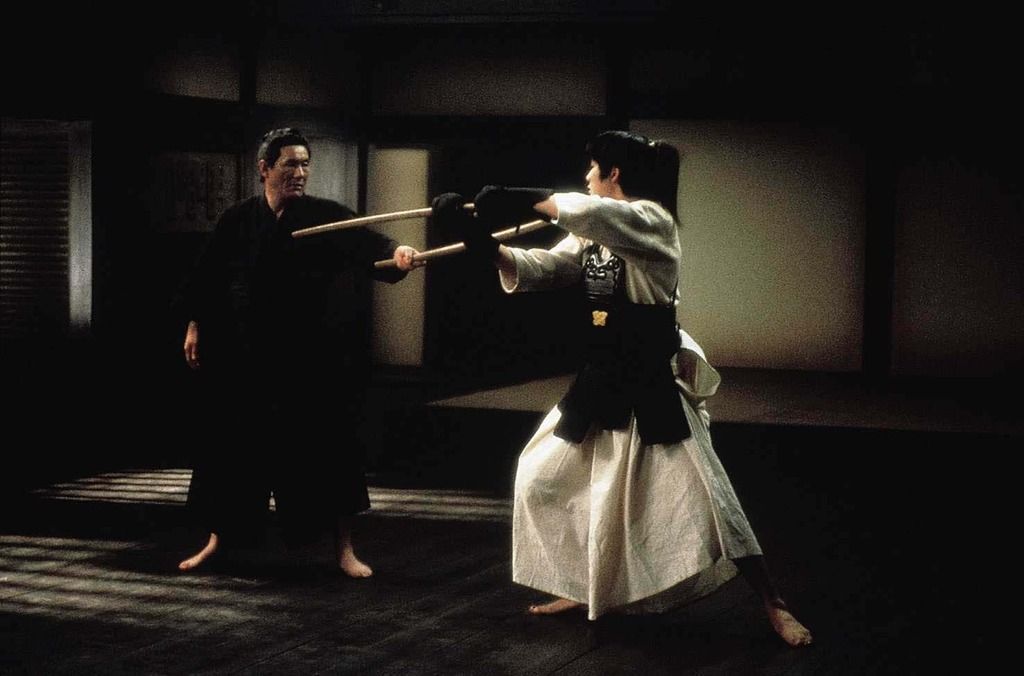
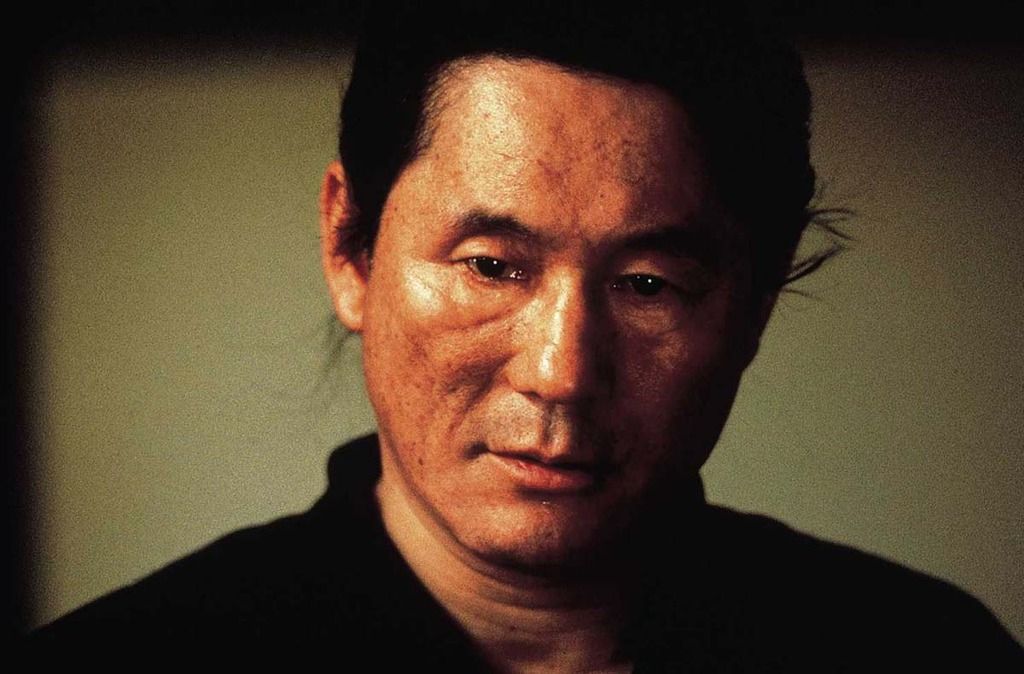
In the very end, a few acknowledgments. I’d like to express my deepest gratitude to Tenshi and my babygirl Wacky Cherry who did the Shinsengumi cosplay with me; to Una and Spamushka who read each chapter with unyielding fangirl enthusiasm and pushed me into writing more; to Shunak who patiently edited more and more photos when it turned out that the story would be longer than expected; to Teika who made me an exclusive calligraphy of Hijikata’s death poem which is included in one of the pictures; to my mom who cried together with me when I wrote the death scene under the cherry blossoms; and to my husband who put up with my nightly writing and helped me dig through obscure websites in search for more information. And of course, big thanks to all of you readers.
My favorite personal anecdote concerning the Shinsengumi happened in Zagreb, Croatia, in September 2016. Shunak, Cherry and I were cosplay guests at their local convention, and we the girls wore our Shinsengumi costumes for the occasion. After a long day at the con, we were starving, and given that our hotel wasn’t too close to the convention venue, we decided to go straight downtown in full cosplay outfits and grab something to eat, passersby staring awkwardly be damned. So we bought some fast food and sat on a bench to eat – and then a man approached us.
“Excuse me,” he said. “Are those Shinsengumi uniforms?”
It turned out that the man wasn’t familiar with “Hakuouki”. He wasn’t a visitor of the Croatian local convention, and he wasn’t even an anime and manga fan. He was just a guy who really liked Japanese history and the tale of the Shinsengumi – and he recognized the white triangles on our clothes. And thus we sat together for a while, discussing our favorite moments from the Boshin War.
So, all things concerned… When you lay your life for a higher cause somewhere in Japan, and then 150 years later, half across the planet, two random strangers sit together bonding over stories of how awesome you were, life sort of makes sense, no?









